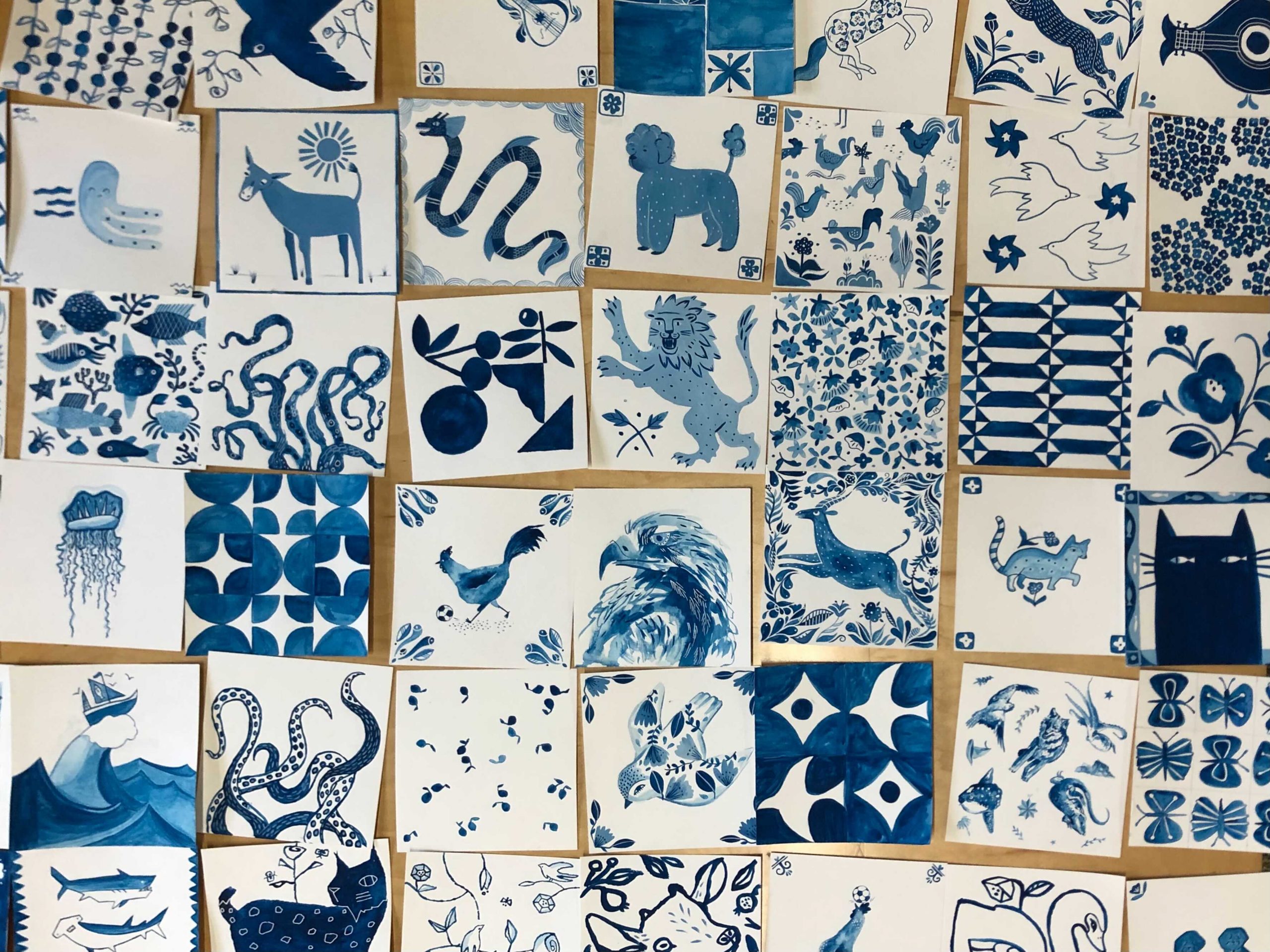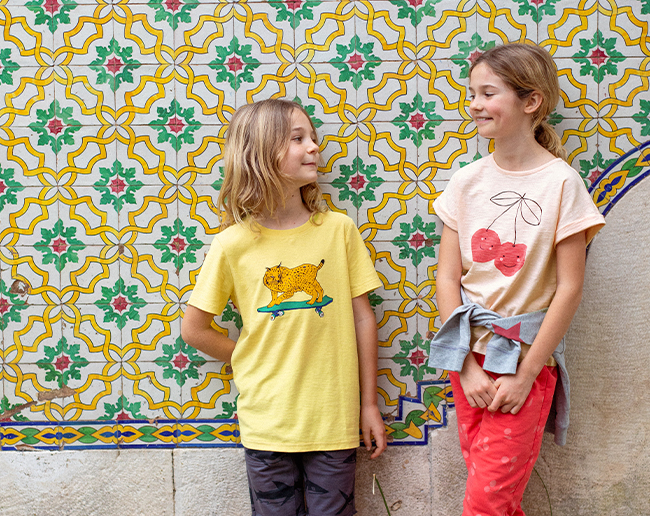
Go anywhere in Portugal and you’re bound to see a wide array of ceramic glazed tiles (or “azulejos” in Portuguese). In Lisbon, they cover everything from the walls of train stations to restaurants and churches. Read on to learn more about these breathtaking works of art that inspired our latest styles.
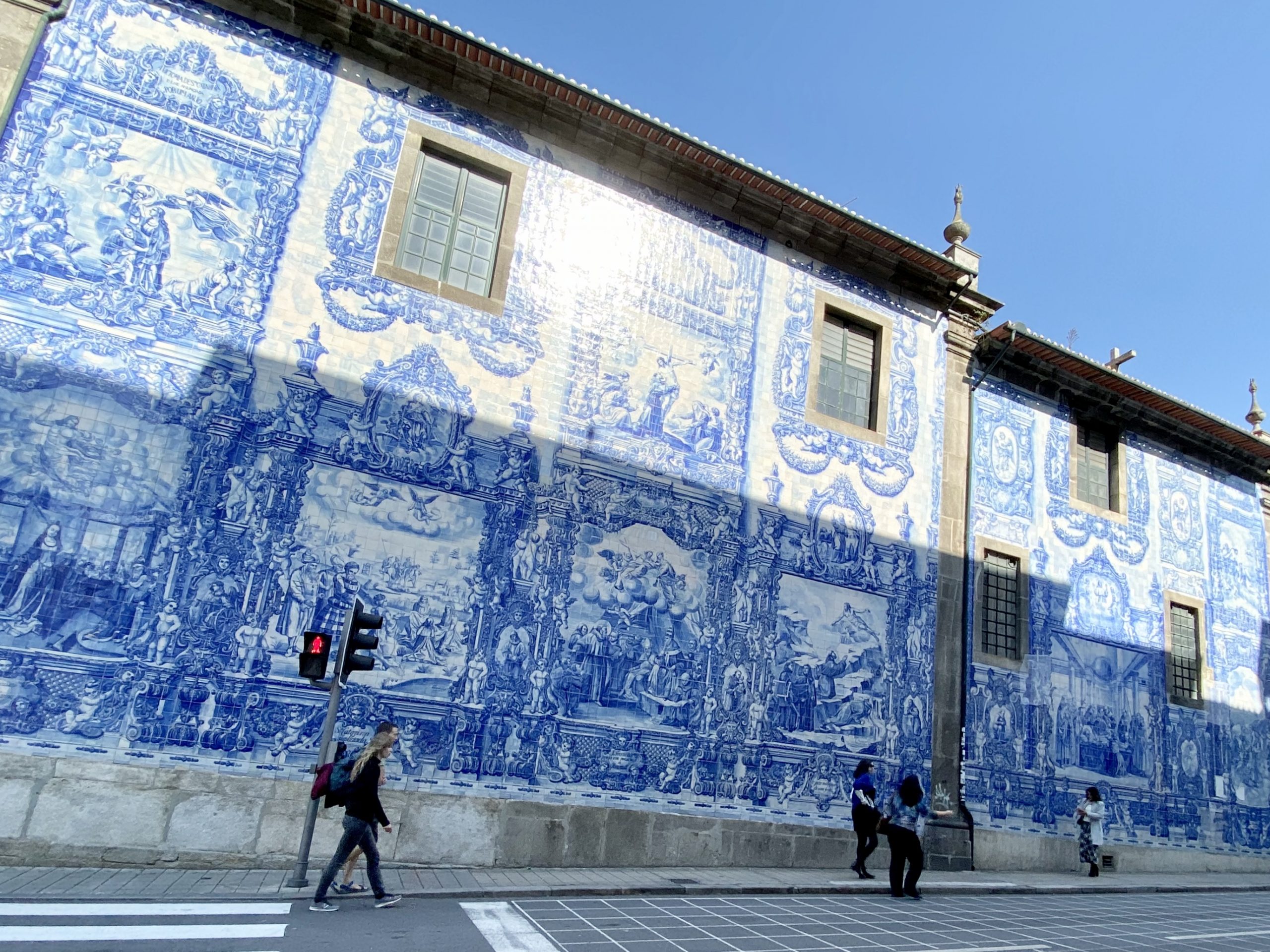
The term azulejos originated from the Arabic term for a small, smooth, polished stone – alijulej or azulej – and evolved into the Portuguese word azulejo (ah-zoo-le-joo). Dating back to the 13th century, azulejos were originally used to protect walls from the damp and cold. They were also used to tell stories of Portuguese history, religion, and culture.
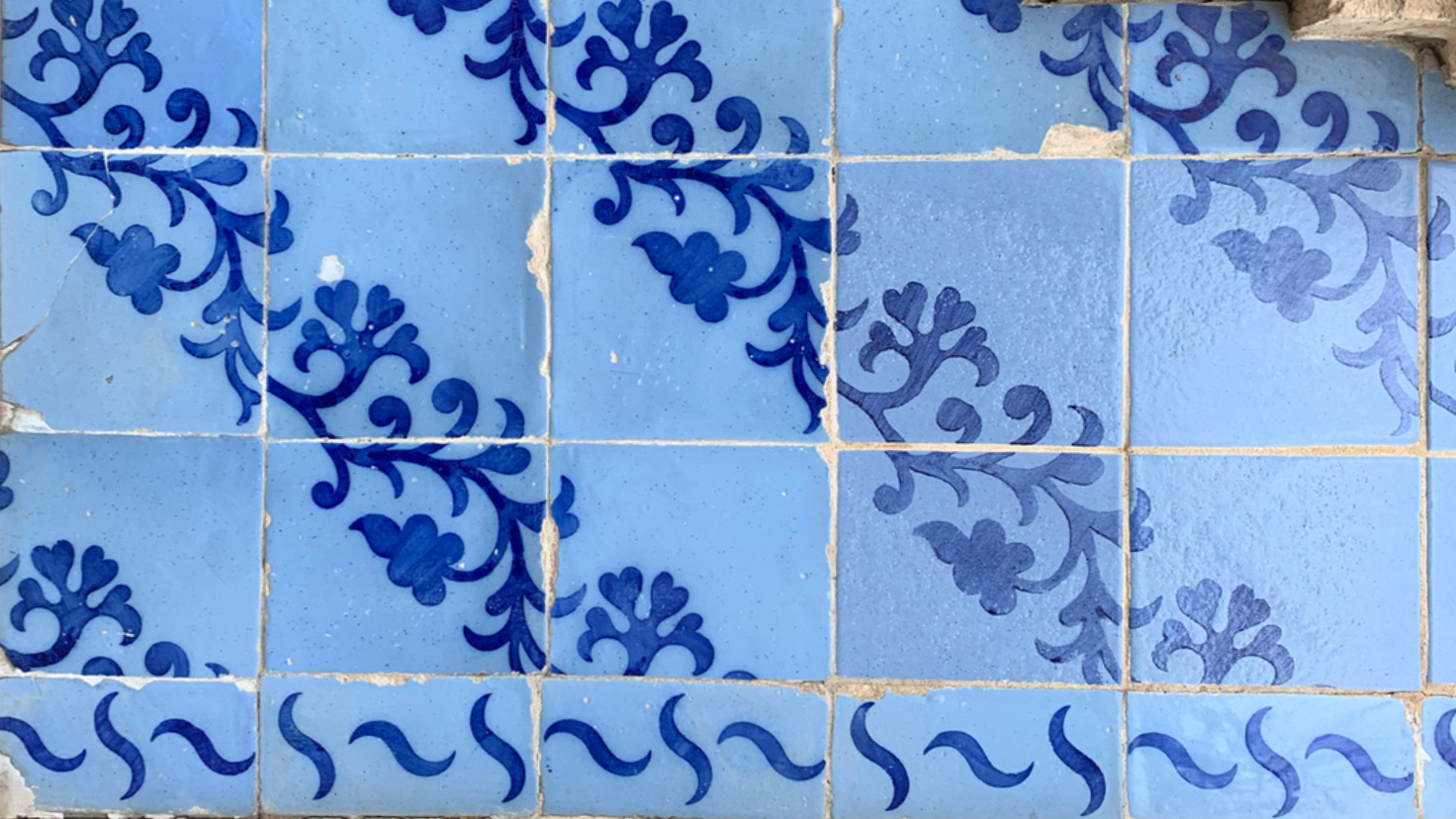
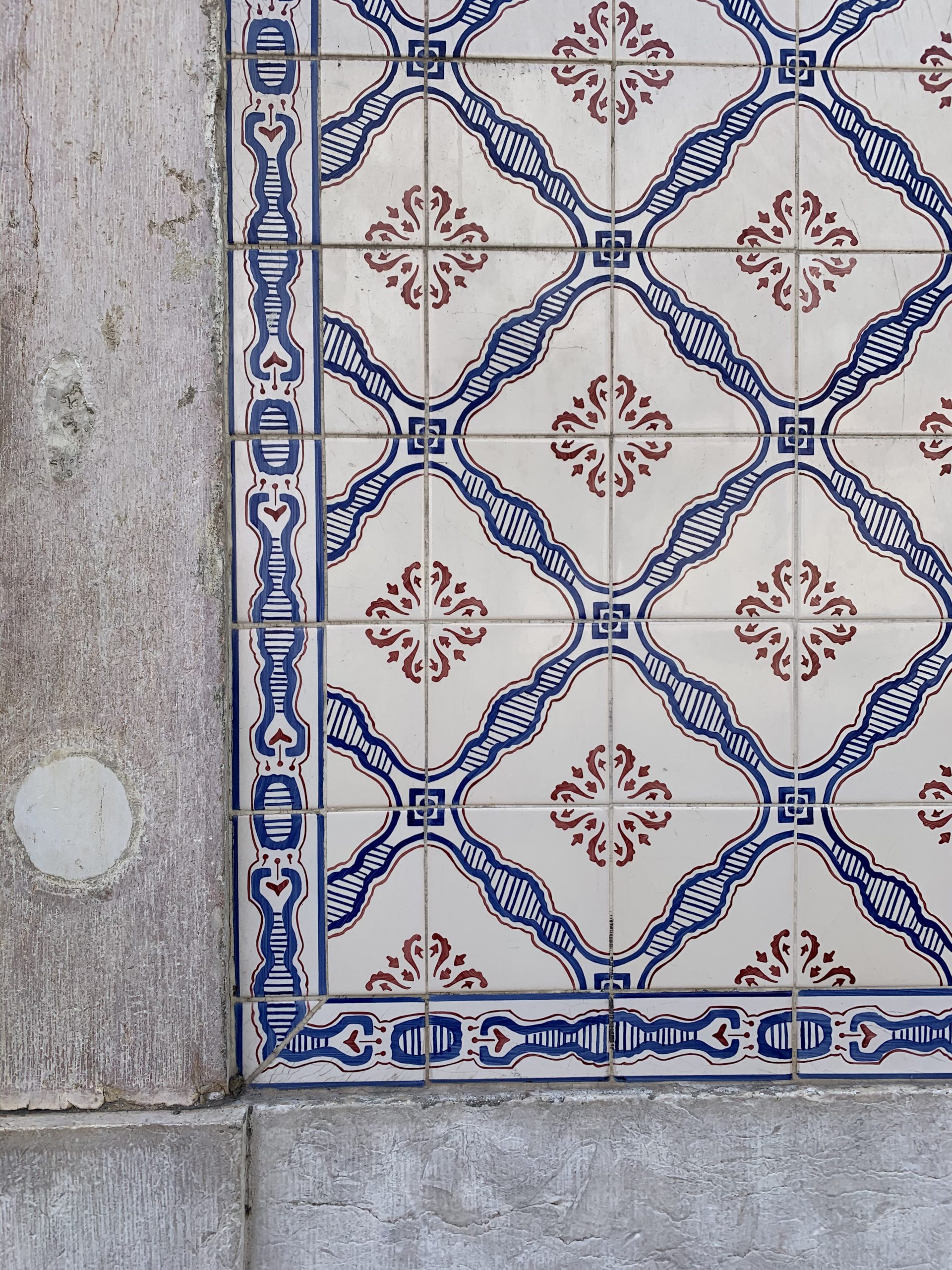 Today, these tiles serve more as decoration and line the cities of Portugal in artful designs and patterns.
Today, these tiles serve more as decoration and line the cities of Portugal in artful designs and patterns.
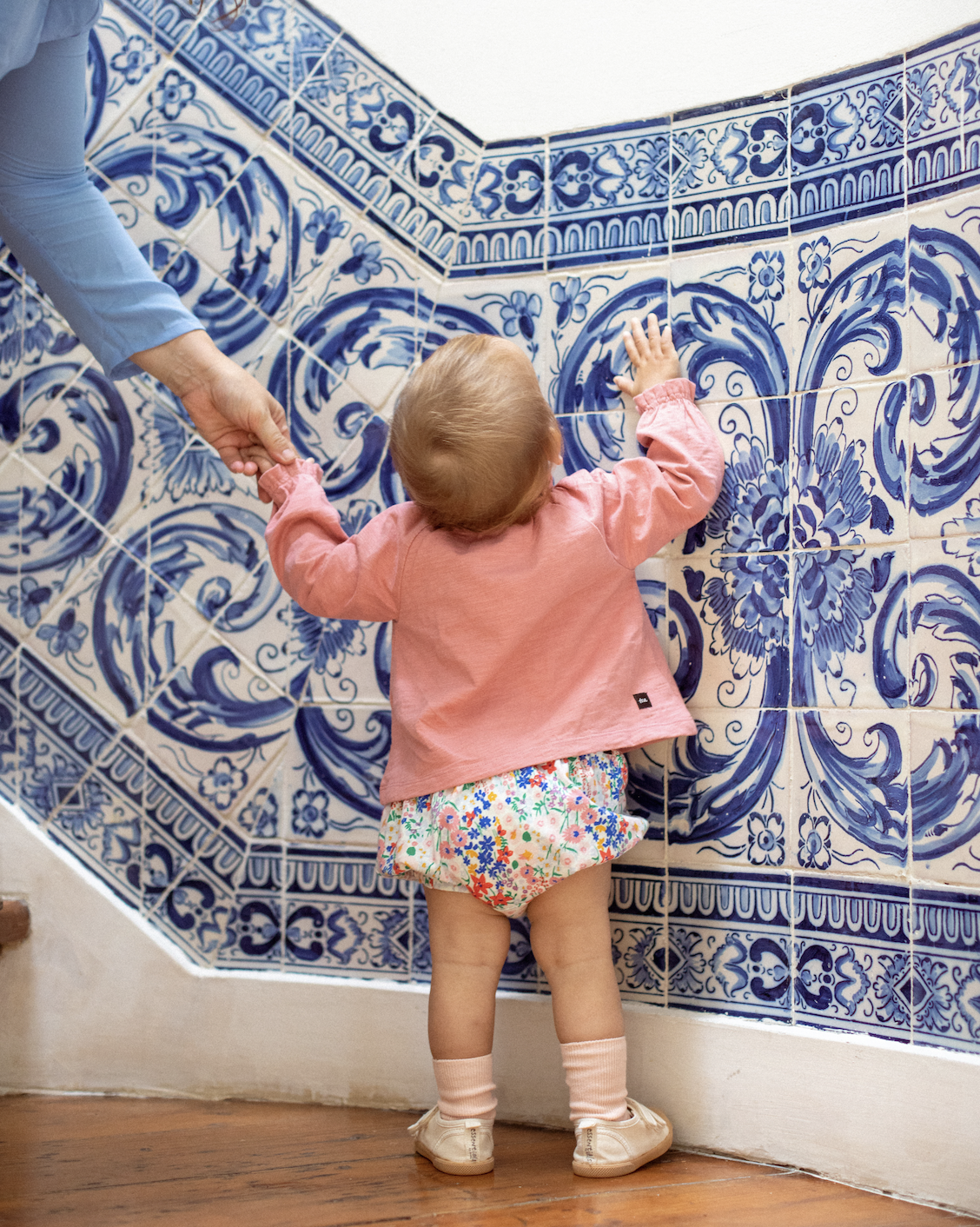
Inspired by the traditional blue and white color palettes of azulejos, our designers painted dozens of their own tiles while concepting our Portugal collection over a year ago. While not every design made it into our final collection, we think each and every one of these hand-painted tiles tells its own story of Portuguese life, just like their IRL counterparts once did.

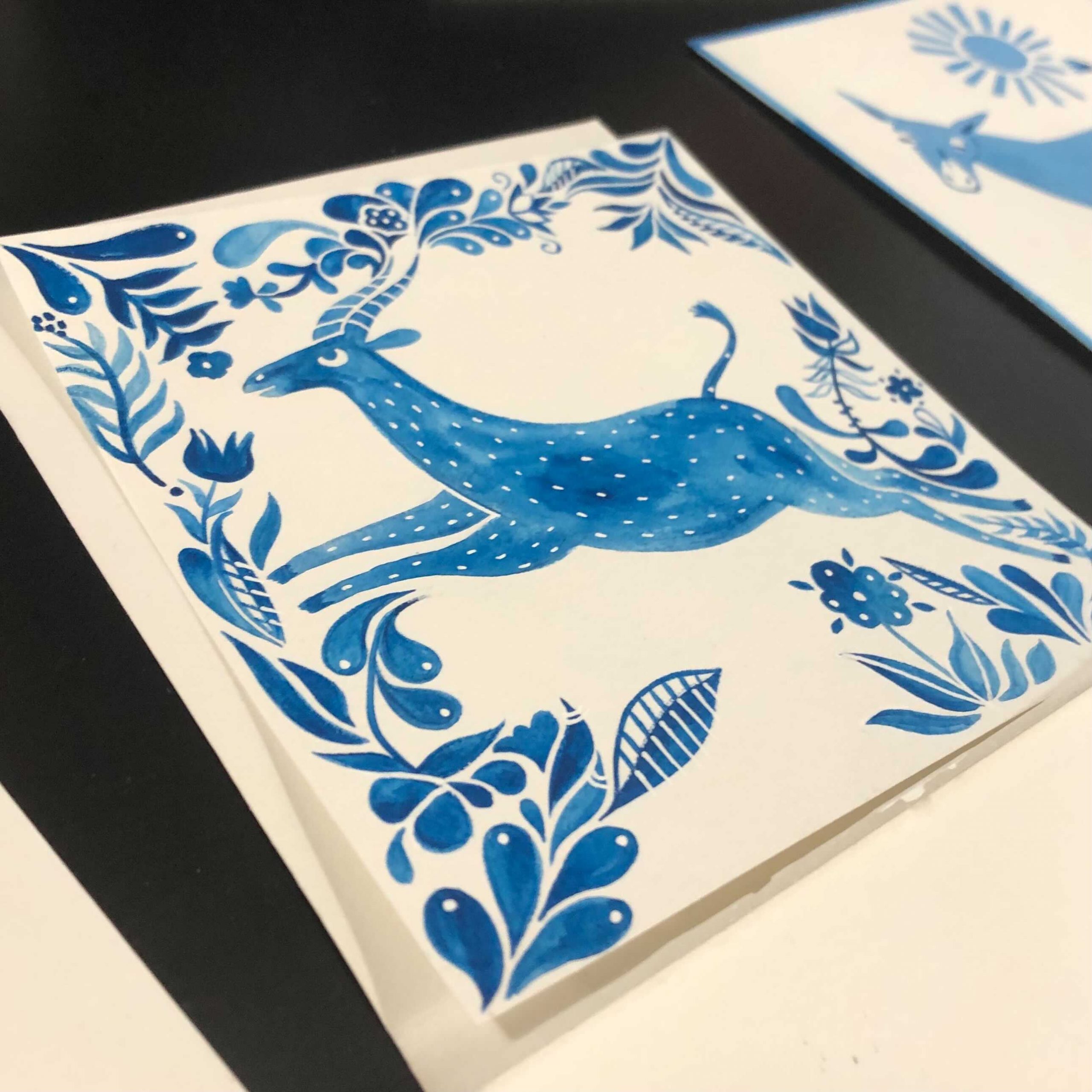
Check out our Instagram for more behind-the-scenes and stories like this, and be sure to check out our latest collection at teacollection.com.
